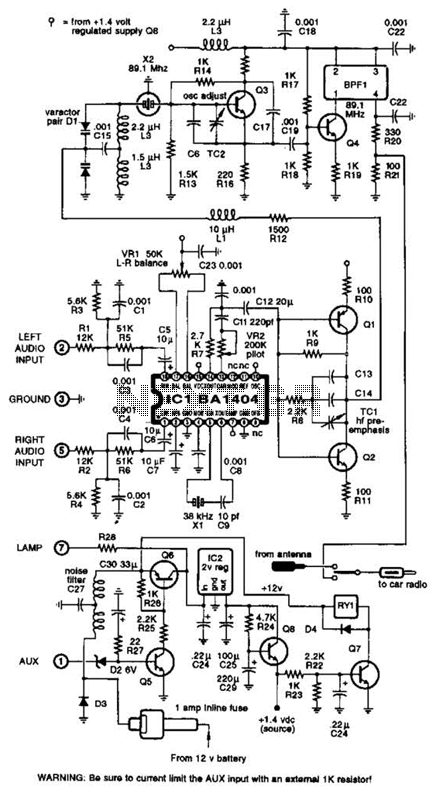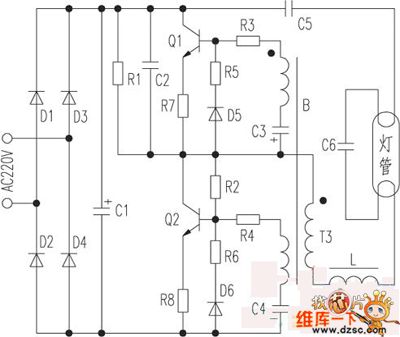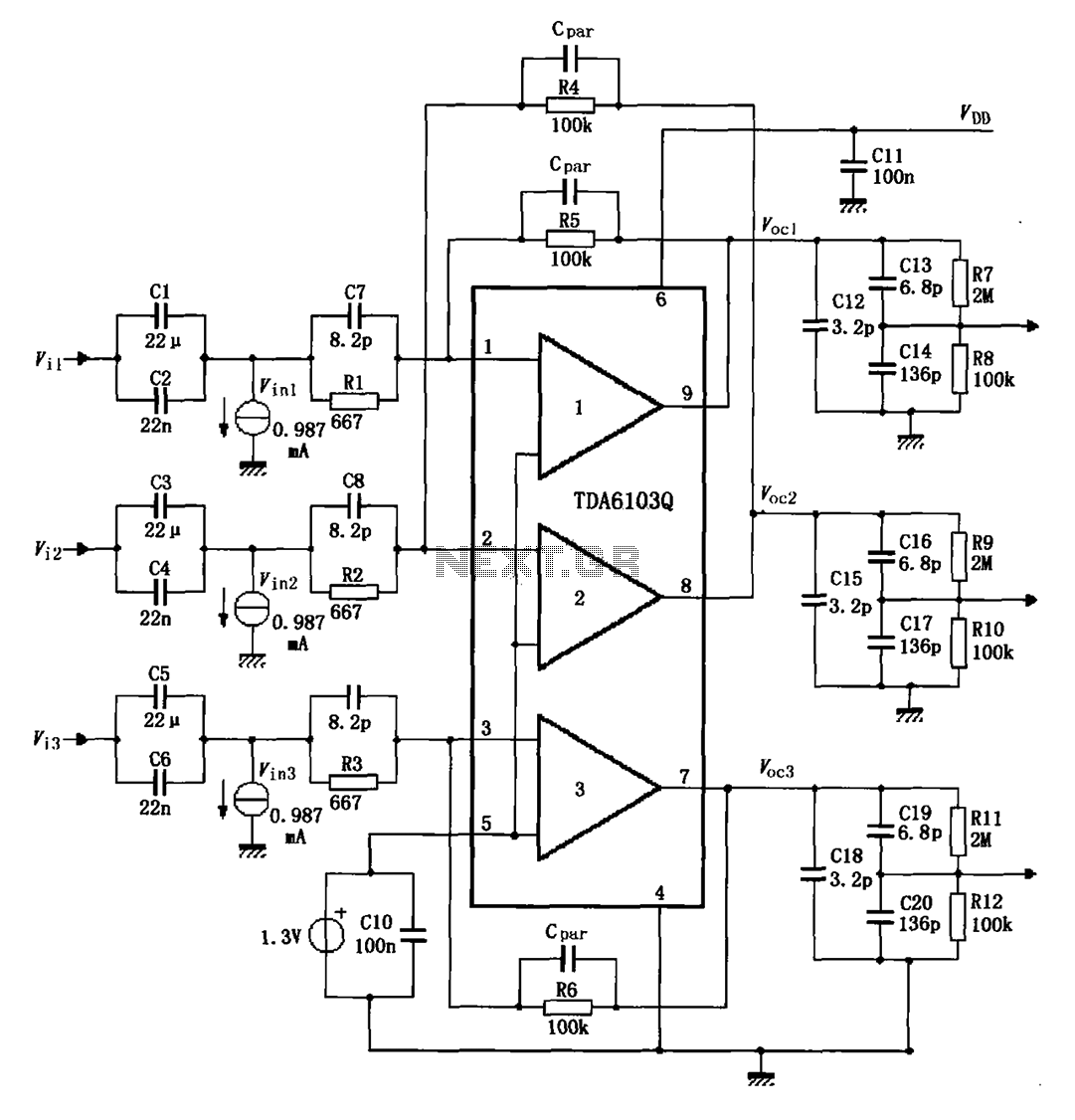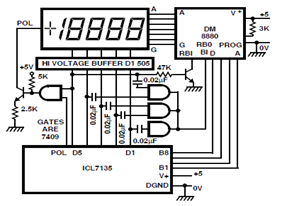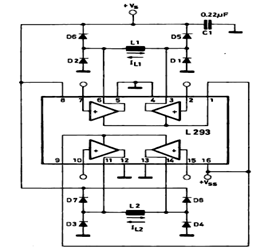
IF AGO network circuit diagram
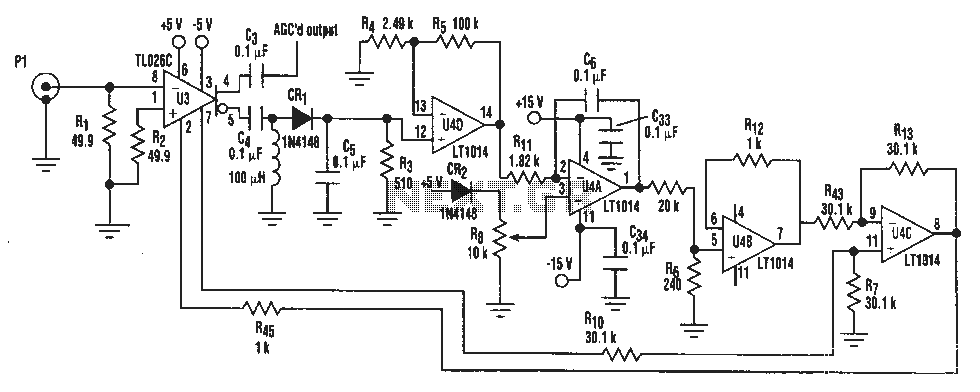
A simple IF AGC signal with a wide dynamic range and excellent linearity characteristics may be composed of two chips: the TL026C T1 voltage control amplifier IC and the LT1014 (or any other similar basic quad op amp device).
The described circuit utilizes the TL026C T1 voltage control amplifier, which is designed to provide gain control for intermediate frequency (IF) signals. This component is particularly advantageous in applications requiring automatic gain control (AGC) due to its ability to maintain a consistent output level across varying input signal amplitudes. The TL026C features low noise and high linearity, making it suitable for high-fidelity audio and RF applications.
In conjunction with the TL026C, the LT1014 quad op-amp can be employed to further process the signal. The LT1014 offers four independent, high-performance op-amps in a single package, allowing for versatile circuit configurations. Its characteristics include low offset voltage, low bias current, and high slew rate, contributing to overall system performance. This combination of components enables the design of a robust AGC circuit that can effectively handle a wide dynamic range of input signals while preserving signal integrity.
The overall schematic may include additional passive components such as resistors and capacitors to set the gain and filter the signal appropriately. By carefully selecting these components, the circuit designer can optimize the response time and stability of the AGC function, ensuring that it meets the specific requirements of the application. Proper layout and grounding techniques should also be employed to minimize noise and interference, enhancing the performance of the AGC system.A simple IF AGC signal over a wide dynamic range and excellent linearity characteristics, it may be composed of two chips to obtain: TL026C T1 voltage control amplifier IC and LT1014 (or any other similar basic quad op amp device ).
The described circuit utilizes the TL026C T1 voltage control amplifier, which is designed to provide gain control for intermediate frequency (IF) signals. This component is particularly advantageous in applications requiring automatic gain control (AGC) due to its ability to maintain a consistent output level across varying input signal amplitudes. The TL026C features low noise and high linearity, making it suitable for high-fidelity audio and RF applications.
In conjunction with the TL026C, the LT1014 quad op-amp can be employed to further process the signal. The LT1014 offers four independent, high-performance op-amps in a single package, allowing for versatile circuit configurations. Its characteristics include low offset voltage, low bias current, and high slew rate, contributing to overall system performance. This combination of components enables the design of a robust AGC circuit that can effectively handle a wide dynamic range of input signals while preserving signal integrity.
The overall schematic may include additional passive components such as resistors and capacitors to set the gain and filter the signal appropriately. By carefully selecting these components, the circuit designer can optimize the response time and stability of the AGC function, ensuring that it meets the specific requirements of the application. Proper layout and grounding techniques should also be employed to minimize noise and interference, enhancing the performance of the AGC system.A simple IF AGC signal over a wide dynamic range and excellent linearity characteristics, it may be composed of two chips to obtain: TL026C T1 voltage control amplifier IC and LT1014 (or any other similar basic quad op amp device ).
